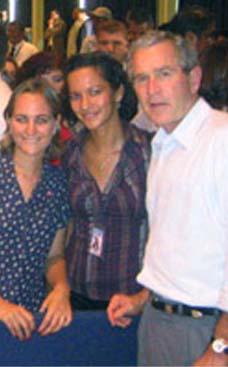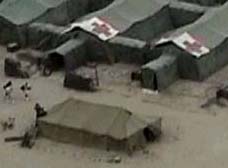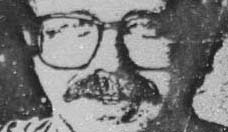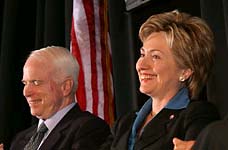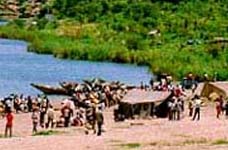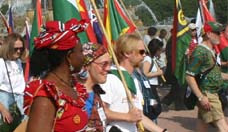
"During the Gwangju Incident I was able to talk with the soldiers involved. They stated that the reason that they were doing what they were doing, the violence, killing and mistreatment of the citizens was that they were ordered to and that those involved were all communists. They did not admit to being starved or given drugs. From a source that worked for the Korean army I was told that a number of the officers used in the final assault on the city were from the Cholla Provinces. They were used because they had to prove their loyalty to the government and it was assumed that they would be harder on their own people."
Korea RPCV David L. Dolinger was an eyewitness to the Gwangju Democratic Uprising in May 1980
Eyewitness Testimony of David Dolinger
Dear All:
As a participant in the Gwangju Democatic Uprising and having been invloved in groups based here in the US to bring the truth to light I am providing you with some of my materials. Included testtimony that I provided when I return to the US in July of 1981 as well as three surviving photos that I took during the uprising.
It is now time for me to reactivate my life.
Peace,
David






